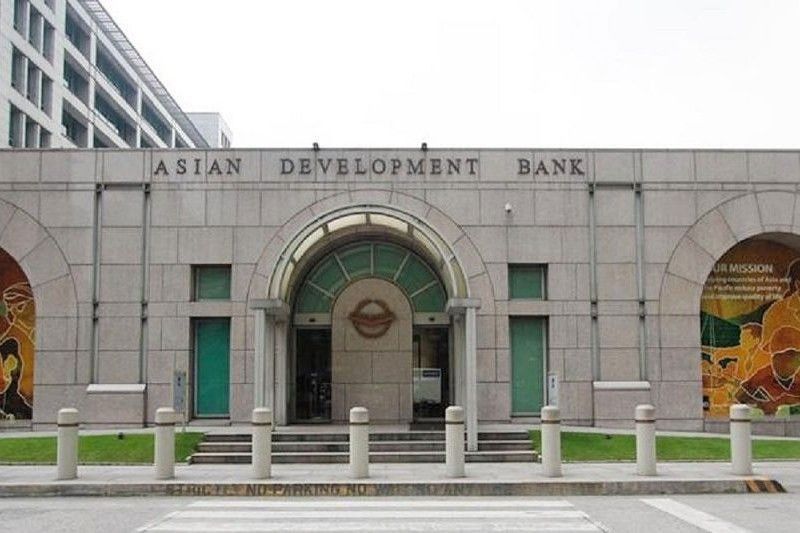Manila needs better public transport – ADB

MANILA, Philippines — The country’s capital and other urban cities need to provide quality public transportation to improve livability and not just construct roads that would eventually contribute to congestion, the Asian Development Bank (ADB) said.
In a recent report, the Manila-based multilateral bank said urban areas in the region, such as Manila, need to offer more and better public transport options to cut traffic jams and pollution.
ADB Transport Sector Group chief James Leather said that merely constructing roads is not the solution, as this will encourage a downward spiral of increased purchases and use of private vehicles, which eventually cause more congestion.
“One of the solutions is more, and better, public transport. This is especially true in Asian cities where the population densities and the number of large or mega cities make mass public transport systems the only viable option to move large numbers of people in such limited public space,” Leather said.
Manila remains among the most congested cities globally, especially before the pandemic. It only saw a slight respite when lockdown measures were imposed.
However, now that the economy has been reopened, heavy traffic has returned to the capital.
ADB estimates that 80 percent of Asia’s new economic growth through 2050 will be generated in cities where most jobs and employment opportunities are located. But this is expected to strain transport and mobility.
“If public transport is to keep pace with demand and avoid an unsustainable shift to private modes of transport, substantial increases in investments will be needed,” Leather said.
“Public transport is so much more than simply a way to get round, it is a key economic driver that can improve the livability of cities across Asia and the Pacific,” he said.
Leather said Manila and other cities like Bangkok and Jakarta have shown how to stimulate sustainable transport options centered on public transport.
Currently, the government has poured investments into the expansion of the Metro Rail Transit and is also upgrading bus services and bicycle lanes.
The government is also investing in elevated walkways, with ADB’s support, covering five kilometers linking different transport hubs.
ADB estimates that road congestion is costing Asian economies as much as five percent of gross domestic product every year due to lost time and higher transport costs.
The region’s cities also suffer from the highest air pollution levels in the world, with as much as 80 percent attributable to transport.
Further, Leather said that urban transport does not only support economic activity, but is also a major source of employment.
“Economic activities cluster around areas with good accessibility. Land values typically increase along public transportation routes, and that value can be captured by governments through taxes and used to further support transport, thereby reducing the pressure on fares,” Leather said.
“There are also less obvious, but no less valuable socioeconomic benefits – such as greater and more inclusive access, creating livable cities and reclaiming public spaces for the people,” he said.
- Latest
- Trending



























